选择热点
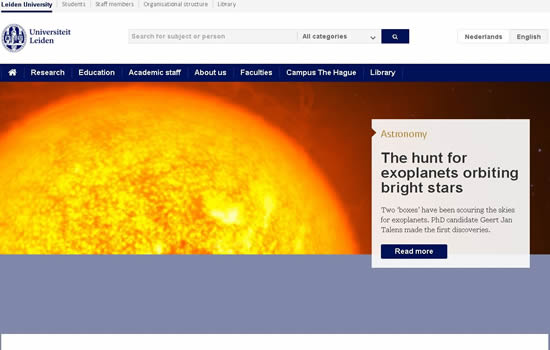 荷兰莱顿大学
荷兰莱顿大学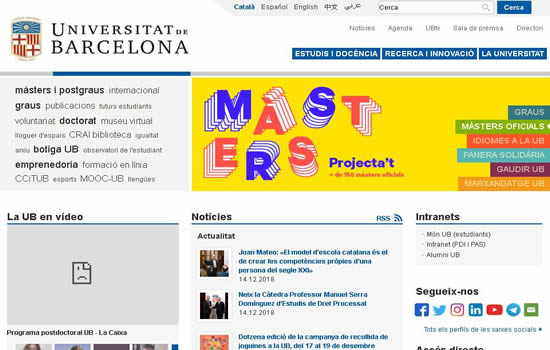 西班牙巴塞罗那大学
西班牙巴塞罗那大学 巴西圣保罗大学 University of Sao Paulo, Brazil
巴西圣保罗大学 University of Sao Paulo, Brazil 台湾南华大学 University of South China in Taiwan
台湾南华大学 University of South China in Taiwan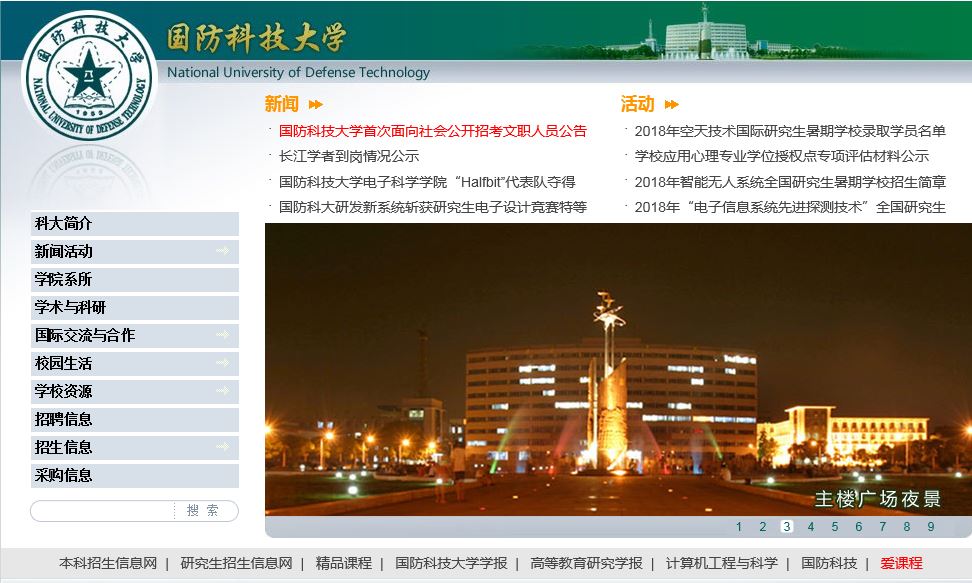 科技大学 National University of Defense Technology
科技大学 National University of Defense Technology 南京大学 Nanjing University
南京大学 Nanjing University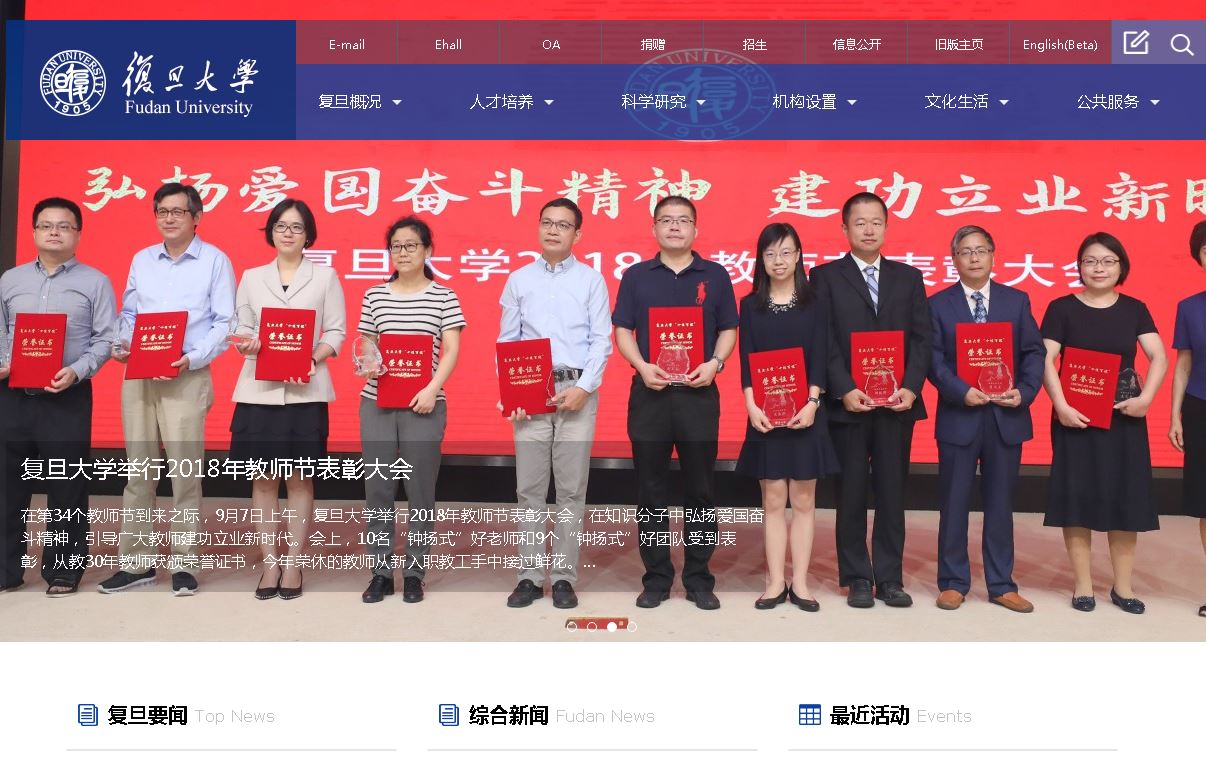 上海复旦大学 Fudan University
上海复旦大学 Fudan University 泗水大学(Ubaya)
泗水大学(Ubaya) 印尼大学 universitas indonesia
印尼大学 universitas indonesia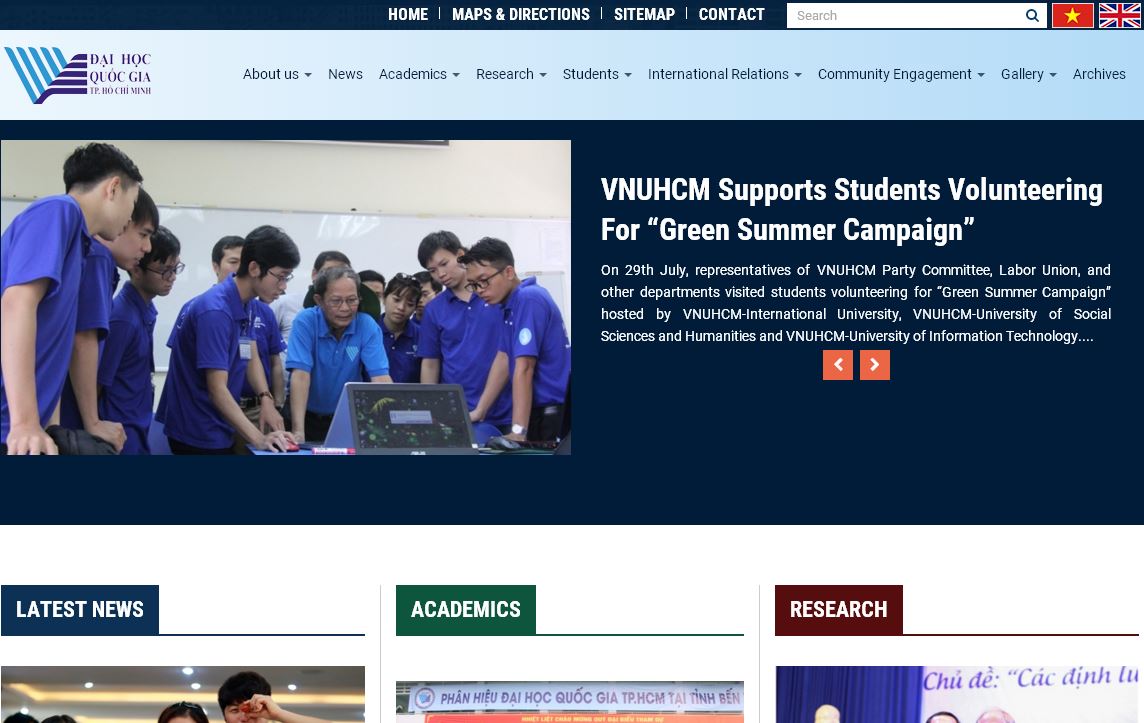 越南某大学 Vietnam National University
越南某大学 Vietnam National University 菲律宾大学 University Of The Philippines
菲律宾大学 University Of The Philippines
世卫组织审查有关冠状病毒通过空气传播的“最新”证据
发布时间:2025-01-06
来源:大学网站
WHO Reviews 'Current' Evidence On Coronavirus Transmission Through Air世卫组织审查有关冠状病毒通过空气传播的最新”证据The World Health Organizationsaysthe virus that causes COVID-19 doesn't seem to linger in the air or be capable of spreading through the air over distances of more than about 3 feet.
世界卫生组织表示,导致COVID-19的病毒似乎不存在于空气中,也不可能通过空气传播超过3英尺的距离。
But at least one expert in virus transmission said it's way too soon to know that.
但至少有一位病毒传播方面的专家表示,现在要了解这一点还为时过早。
"I think the WHO is being irresponsible in giving out that information.
This misinformation is dangerous," says Dr.
Donald Milton, an infectious disease aerobiologist at the University of Maryland's School of Public Health.
我认为世卫组织公布这些信息是不负责任的。
这种错误的信息是危险的,”马里兰大学公共卫生学院的传染病空气生物学家唐纳德·米尔顿博士说。
The WHO says that "according to current evidence," the virus is transmitted through "respiratory droplets and contact routes.
" By that, the agency means the virus is found in the kind of big droplets of mucus or saliva created through coughing and sneezing.
世卫组织说,根据目前的证据”,这种病毒是通过呼吸道飞沫和接触途径”传播的。
世卫组织的意思是,通过这种方式,这种病毒存在于通过咳嗽和打喷嚏产生的粘液或唾液的大飞沫中。
These droplets can travel only short distances through the air and either land on people or land on surfaces that people later touch.
Stopping this kind of transmission is why public health officials urge people to wash hands frequently and not touch the face, because that could bring the virus into contact with the nose or mouth.
这些液滴只能在空气中传播很短的距离,要么落在人身上,要么落在人们后来接触的表面上。
阻止这种传播是为什么公共卫生官员敦促人们勤洗手,不要碰脸,因为那样会使病毒接触鼻子或嘴巴。
Other viruses, however, get shed by infected people in a way that lets the germs actually hang suspended in the air for minutes or even hours.
Later, these airborne viruses can get breathed in when other people pass by.
Measles is a good example of that kind of transmission — the Centers for Disease Control and Preventionsays, "Measles virus can remain infectious in the air for up to two hours after an infected person leaves an area.
"然而,其他的病毒是通过被感染的人让细菌在空气中悬浮几分钟甚至几个小时的方式传播的。
之后,当其他人经过时,这些通过空气传播的病毒会被吸入。
麻疹就是这类传播的一个很好的例子。
美国疾病控制和预防中心说:麻疹病毒在感染者离开一个地区后,可以在空气中保持两个小时的传染性。
”The WHO said that this kind of airborne transmission of the new coronavirus might be possible "in specific circumstances and settings in which procedures that generate aerosols are performed," such as when a patient is intubated in a hospital or being disconnected from a ventilator.
世界卫生组织表示,这种新型冠状病毒的空中传播可能会在产生气溶胶的特定环境和条件下”发生,例如当病人在医院插管或与呼吸机断开连接时。
That troubles Milton, who says so little is known about this new virus, SARS-CoV-2.
that it's inappropriate to draw conclusions about how it is transmitted.
这让米尔顿感到困扰,他说对这种新型病毒SARS-CoV-2知之甚少,因此对它的传播方式下结论是不合适的。
"I don't think they know, and I think they are talking out of their hats," Milton says.
米尔顿说:我不认为他们知道,我认为他们在胡言乱语。
”When epidemiologists are working in the field, trying to understand an outbreak of an unknown pathogen, it's not possible for them to know exactly what's going on as a pathogen is spread from person to person, Milton says.
"Epidemiologists cannot tell the difference between droplet transmission and short-range aerosol transmission.
"当流行病学家在现场工作,试图了解一种未知病原体的爆发时,他们不可能确切地知道病原体在人与人之间传播时发生了什么,米尔顿说。
流行病学家无法区分液滴传播和短程气溶胶传播。
”He says these are hard questions to answer, and scientists still argue over how much of the transmission of influenza might be airborne.
他说,这些都是很难回答的问题,科学家们仍然在争论有多少流感传播可能是通过空气传播的。
【世卫组织审查有关冠状病毒通过空气传播的“最新”证据查看网站:[db:时间]】
世界卫生组织表示,导致COVID-19的病毒似乎不存在于空气中,也不可能通过空气传播超过3英尺的距离。
But at least one expert in virus transmission said it's way too soon to know that.
但至少有一位病毒传播方面的专家表示,现在要了解这一点还为时过早。
"I think the WHO is being irresponsible in giving out that information.
This misinformation is dangerous," says Dr.
Donald Milton, an infectious disease aerobiologist at the University of Maryland's School of Public Health.
我认为世卫组织公布这些信息是不负责任的。
这种错误的信息是危险的,”马里兰大学公共卫生学院的传染病空气生物学家唐纳德·米尔顿博士说。
The WHO says that "according to current evidence," the virus is transmitted through "respiratory droplets and contact routes.
" By that, the agency means the virus is found in the kind of big droplets of mucus or saliva created through coughing and sneezing.
世卫组织说,根据目前的证据”,这种病毒是通过呼吸道飞沫和接触途径”传播的。
世卫组织的意思是,通过这种方式,这种病毒存在于通过咳嗽和打喷嚏产生的粘液或唾液的大飞沫中。
These droplets can travel only short distances through the air and either land on people or land on surfaces that people later touch.
Stopping this kind of transmission is why public health officials urge people to wash hands frequently and not touch the face, because that could bring the virus into contact with the nose or mouth.
这些液滴只能在空气中传播很短的距离,要么落在人身上,要么落在人们后来接触的表面上。
阻止这种传播是为什么公共卫生官员敦促人们勤洗手,不要碰脸,因为那样会使病毒接触鼻子或嘴巴。
Other viruses, however, get shed by infected people in a way that lets the germs actually hang suspended in the air for minutes or even hours.
Later, these airborne viruses can get breathed in when other people pass by.
Measles is a good example of that kind of transmission — the Centers for Disease Control and Preventionsays, "Measles virus can remain infectious in the air for up to two hours after an infected person leaves an area.
"然而,其他的病毒是通过被感染的人让细菌在空气中悬浮几分钟甚至几个小时的方式传播的。
之后,当其他人经过时,这些通过空气传播的病毒会被吸入。
麻疹就是这类传播的一个很好的例子。
美国疾病控制和预防中心说:麻疹病毒在感染者离开一个地区后,可以在空气中保持两个小时的传染性。
”The WHO said that this kind of airborne transmission of the new coronavirus might be possible "in specific circumstances and settings in which procedures that generate aerosols are performed," such as when a patient is intubated in a hospital or being disconnected from a ventilator.
世界卫生组织表示,这种新型冠状病毒的空中传播可能会在产生气溶胶的特定环境和条件下”发生,例如当病人在医院插管或与呼吸机断开连接时。
That troubles Milton, who says so little is known about this new virus, SARS-CoV-2.
that it's inappropriate to draw conclusions about how it is transmitted.
这让米尔顿感到困扰,他说对这种新型病毒SARS-CoV-2知之甚少,因此对它的传播方式下结论是不合适的。
"I don't think they know, and I think they are talking out of their hats," Milton says.
米尔顿说:我不认为他们知道,我认为他们在胡言乱语。
”When epidemiologists are working in the field, trying to understand an outbreak of an unknown pathogen, it's not possible for them to know exactly what's going on as a pathogen is spread from person to person, Milton says.
"Epidemiologists cannot tell the difference between droplet transmission and short-range aerosol transmission.
"当流行病学家在现场工作,试图了解一种未知病原体的爆发时,他们不可能确切地知道病原体在人与人之间传播时发生了什么,米尔顿说。
流行病学家无法区分液滴传播和短程气溶胶传播。
”He says these are hard questions to answer, and scientists still argue over how much of the transmission of influenza might be airborne.
他说,这些都是很难回答的问题,科学家们仍然在争论有多少流感传播可能是通过空气传播的。
【世卫组织审查有关冠状病毒通过空气传播的“最新”证据查看网站:[db:时间]】
相关阅读
目录列表
资讯列表
英语资讯


共0条评论
网友评论温馨提示:您的评论需要经过审核才能显示,请文明发言!